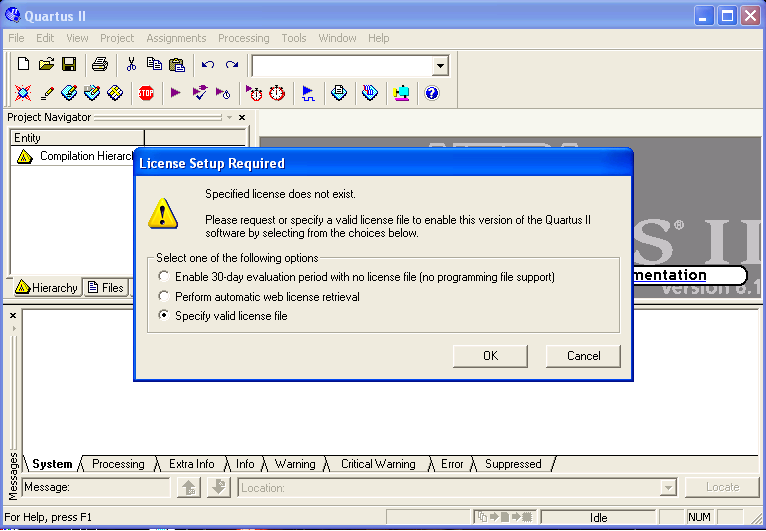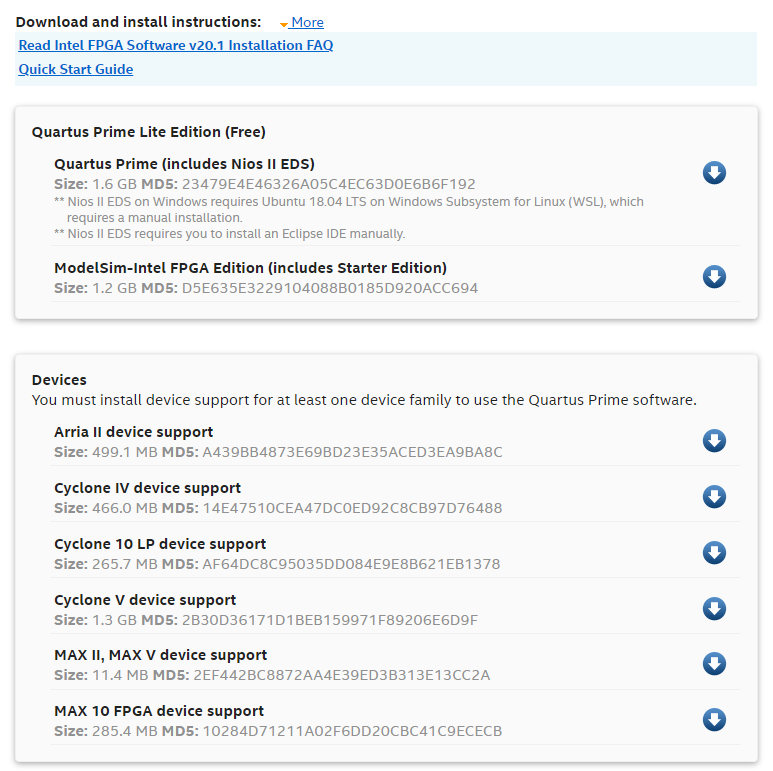

(HDLs) provides standard text based expressions of the structure and behavior of digital circuits. It becomes veryĭifficult to use this method for a large design with hundreds of primitive gates.
#Altera quartus ii tutorial part i how to#
By the time the tutorial is done, the user will learn how to create a 4 bit adder and a 4 bit subtractor.

He then takes the student through the “hardware hello world” – blinking an LED. tutorial starts with installing Altera’s Quartus II software. Going the schematic capture route eliminates the need to learn VHDL or Verilog. simple designs don’t need that sort of power though.
#Altera quartus ii tutorial part i code#
A few lines of VHDL or Verilog code can replace some rather complex schematics. This is generally considered an “old school” method of design capture. With the schematic capture method, digital logic schematics are drawn just as they would be in Eagle or KiCad. also is designing with schematic capture in his tutorial. CPLDs have plenty of room for big designs, like generating VGA signals. This allows for larger designs to be instantiated with FPGAs. As a general rule, FPGAs contain more configurable logic than CPLDs. CPLDs do store their configuration, so they’re ready as soon as they power up.

FPGAs generally do not store their configuration – it has to be loaded from an external FLASH, EEPROM, or connected processor. At the 40,000 foot level, CPLDs and FPGAs do the same thing – they act as re-configurable logic. is using Complex Programmable Logic Devices (CPLD).

The tutorial cuts the learning curve down in several ways. It’s no wonder FPGAs have sent more than one beginner running for the hills. Now you’ve got a new type of device, a new language, an entirely new programming paradigm, and a complex IDE to learn all at once. Most modern programmable logic designs are created in a Hardware Description Language (HDL) such as VHDL or Verilog. Cheap Field Programmable Gate Arrays (FPGA) are plentiful, but can have intricate power requirements. They also can have a steep learning curve. Try the Wayback Machine.) Programmable logic devices are one of the most versatile hardware building blocks available to hackers. is making programmable logic design easy with an 8 part CPLD tutorial. The guys over at hackshed have been busy.


 0 kommentar(er)
0 kommentar(er)
